Psycheros Valleys
During the 17th century, life in the emerging city of La Serena was hard. The successive pirate attacks caused a strong impact and the feeling of vulnerability was rising. In 1680, Bartholomew Sharp and his men burned down the Town Hall, causing great distress in the population. Some chose to leave the territory, others remained.
Among the residents who decided to stay in the township of Coquimbo, an innovative and active group stood out. Led by Don Pedro Cortés y Mendoza, they decided to consolidate their presence, but taking preventive measures against eventual overseas attacks. Therefore, they decided to relocate in the lands of the upper Elqui Valley, next to the Claro river, between the current towns of Monte Grande and Pisco Elqui. In this unique environment, the estates were established along with vineyards, wineries, and stills.
The Claro river wine cluster had significant strengths, such as distance from the sea (about 100 kilometers from the coast, they were well protected from pirate attacks), altitude (stills are more efficient), fertile soil, and climate (the greater thermal oscillation has a positive effect on the quality of the grape).
The wine cluster introduced some outstanding innovations, such as the first earthen jars oven in this area (at Hacienda La Torre), as well as the first still in the surroundings (on the property of Don Rodrigo Rojas).
The inventories of goods conserved in the repositories of the National Archive show in detail the investments that these estates undertook between the end of the 17th century and the beginning of the 18th.Thus, the desert and the eternal sun witnessed the emergence of our pisco, an emblematic product of the Elqui, Limarí, Choapa, Huasco and Copiapó valleys. What the pisco valleys have to offer, is a reflection of who we are as a country.








